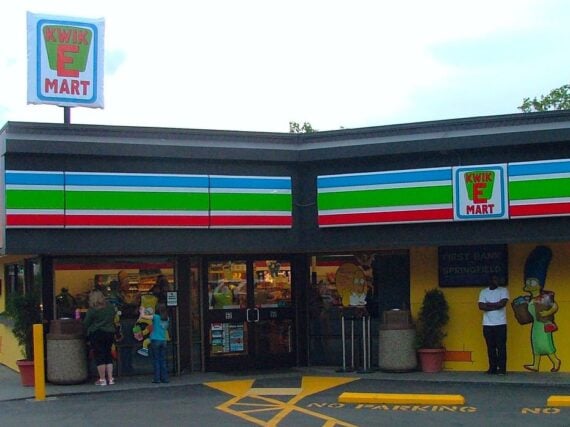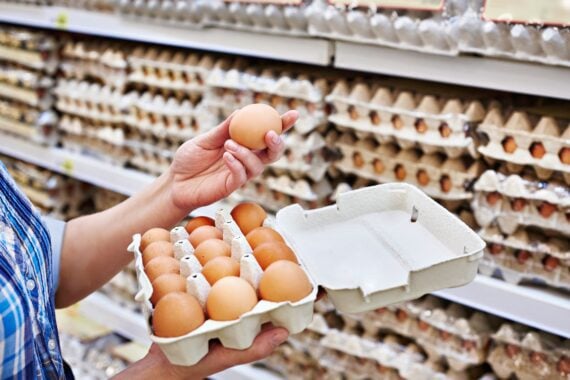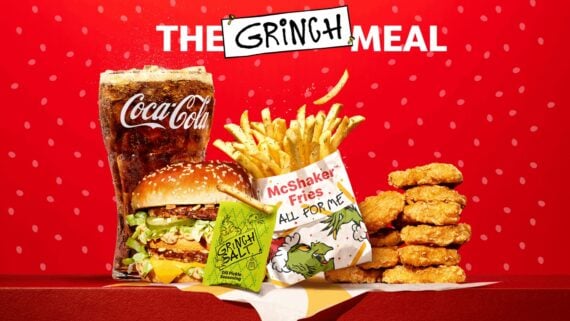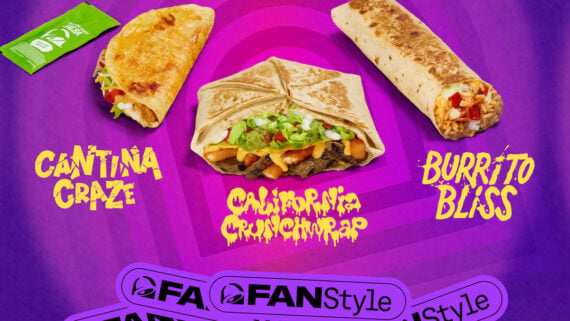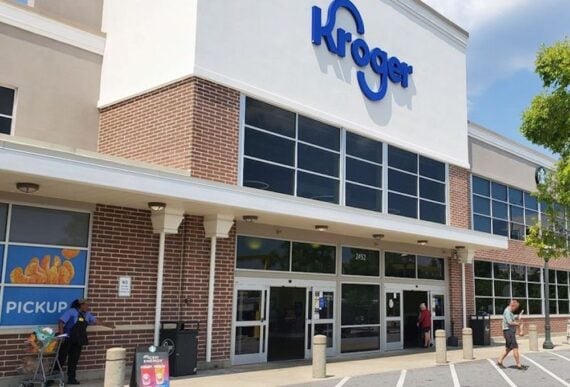Convenience stores might be the most American of retailers. A bastion of impulse buys, they exist to give us what we want, when we want it — and that’s now, now, now. They’re also a potent symbol of the great American road trip, helping fuel travelers with gas and snacks. But there’s plenty you may not know about these ubiquitous roadside stores. From 7-Eleven to zany mom-and-pop shops, here are some convenience-store facts to whet your appetite for a Big Gulp and some jerky.
Texas Has the Most, By Far
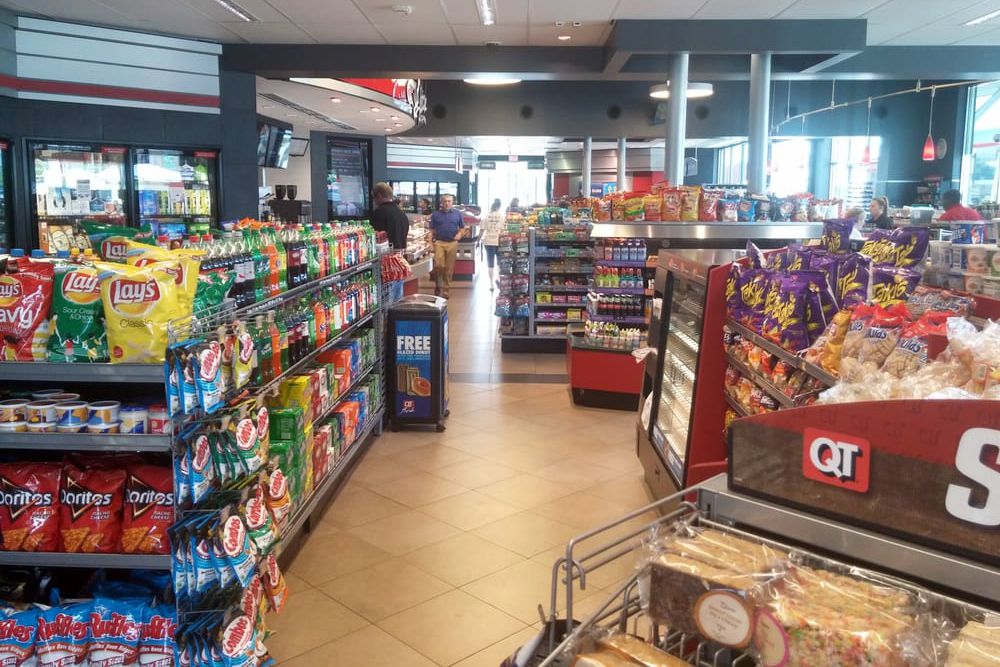
The Lone Star State is awfully fond of convenience stores, according to the Association for Convenience and Petroleum Retailing, with nearly 16,000 of them sprinkled across Texas. California is a distant second with close to 12,000; Florida is third with nearly 10,000.
Most of Them are Small Businesses
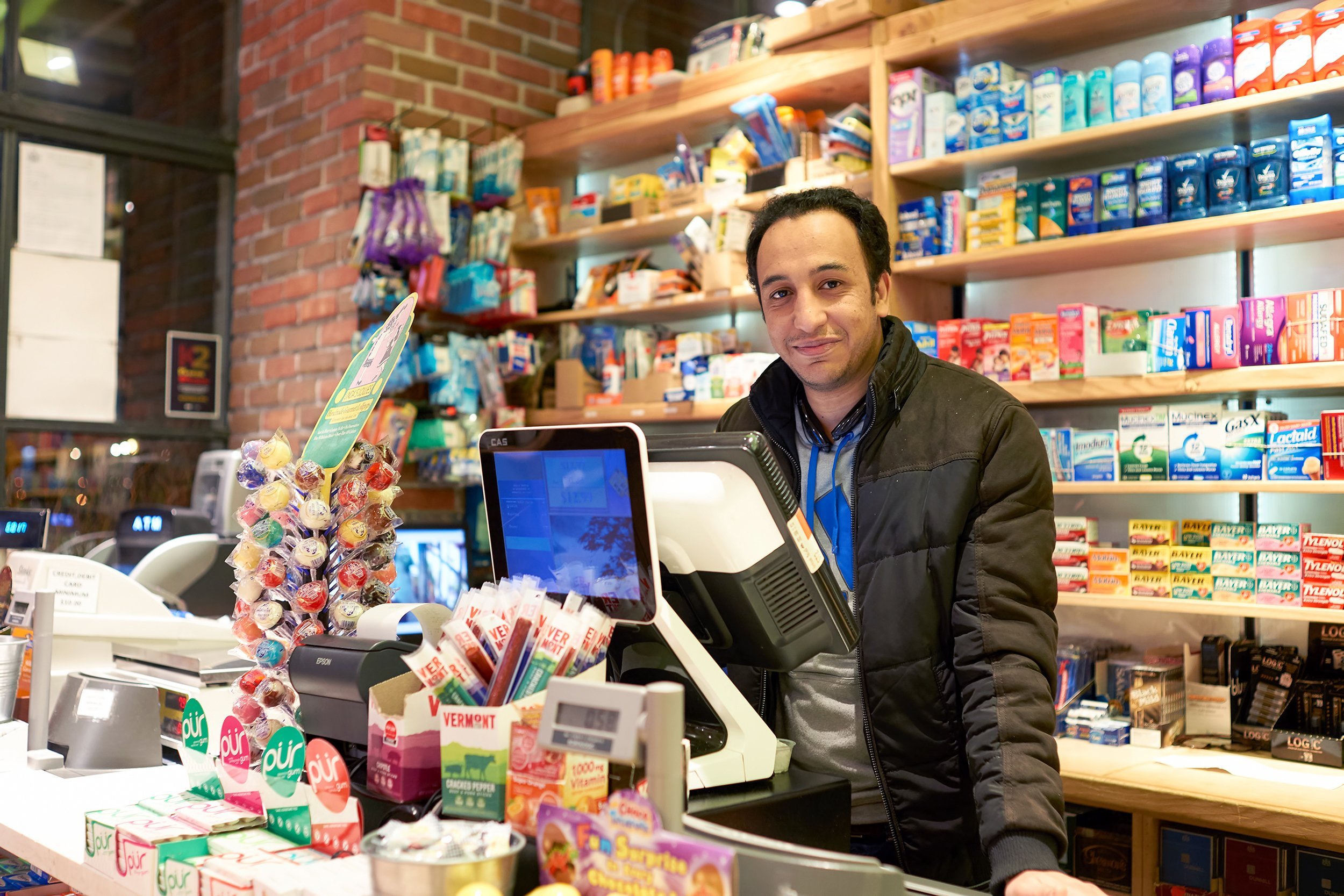
Unlike other retail sectors that are saturated with large, national chains, most convenience stores are mom-and-pop retailers. More than 62% are run by single-store operators.
Our Visits Are Super Short
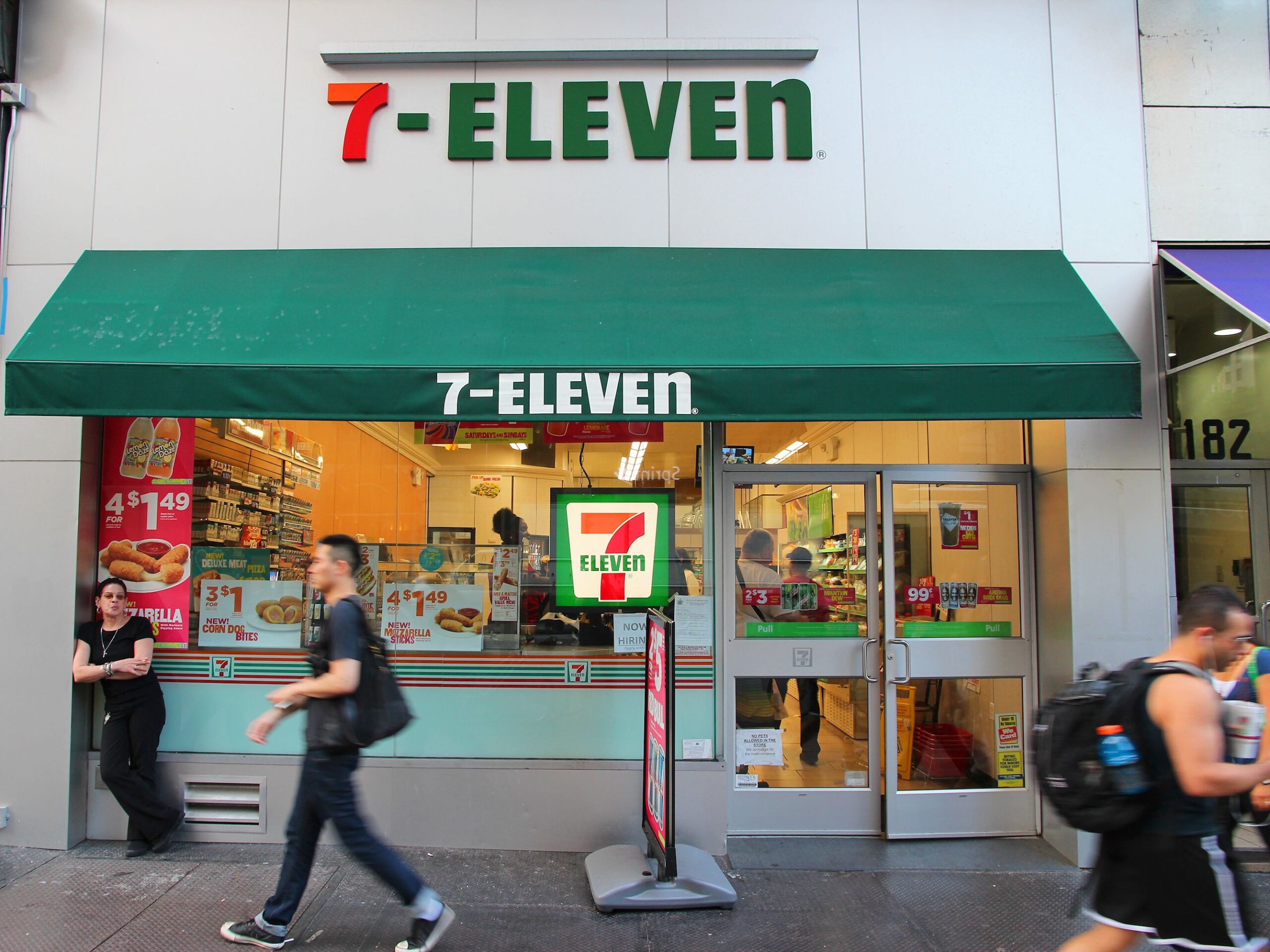
Unsurprisingly, convenience stores are not the place we linger, according to industry data. Customers spend an average of just 3.5 minutes inside, compared with 41 minutes on any given visit to the grocery store.
Most People Go in for a Drink
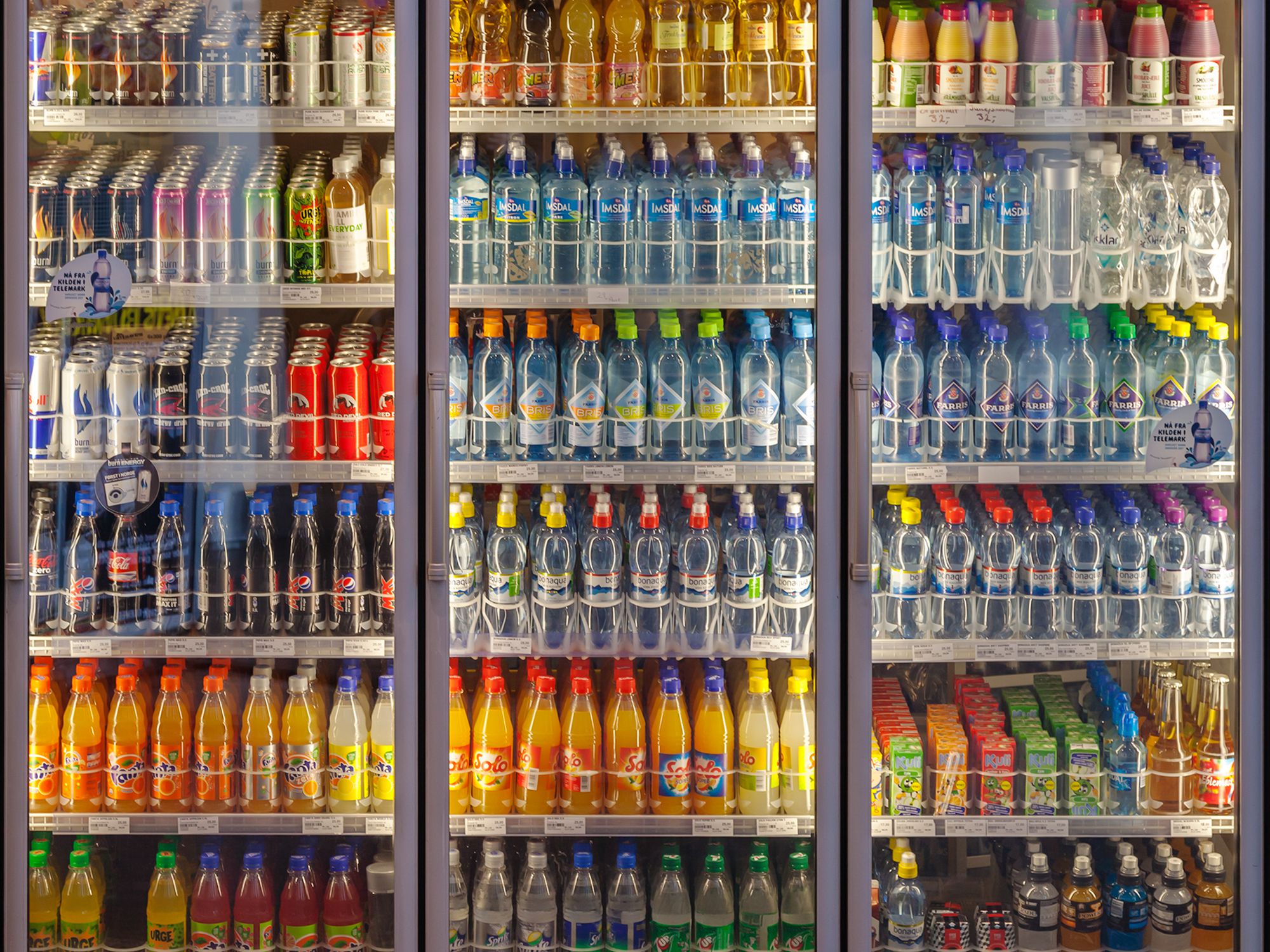
Related: 17 Fun and Little-Known Facts About Coca-Cola
Summer is When Business Booms
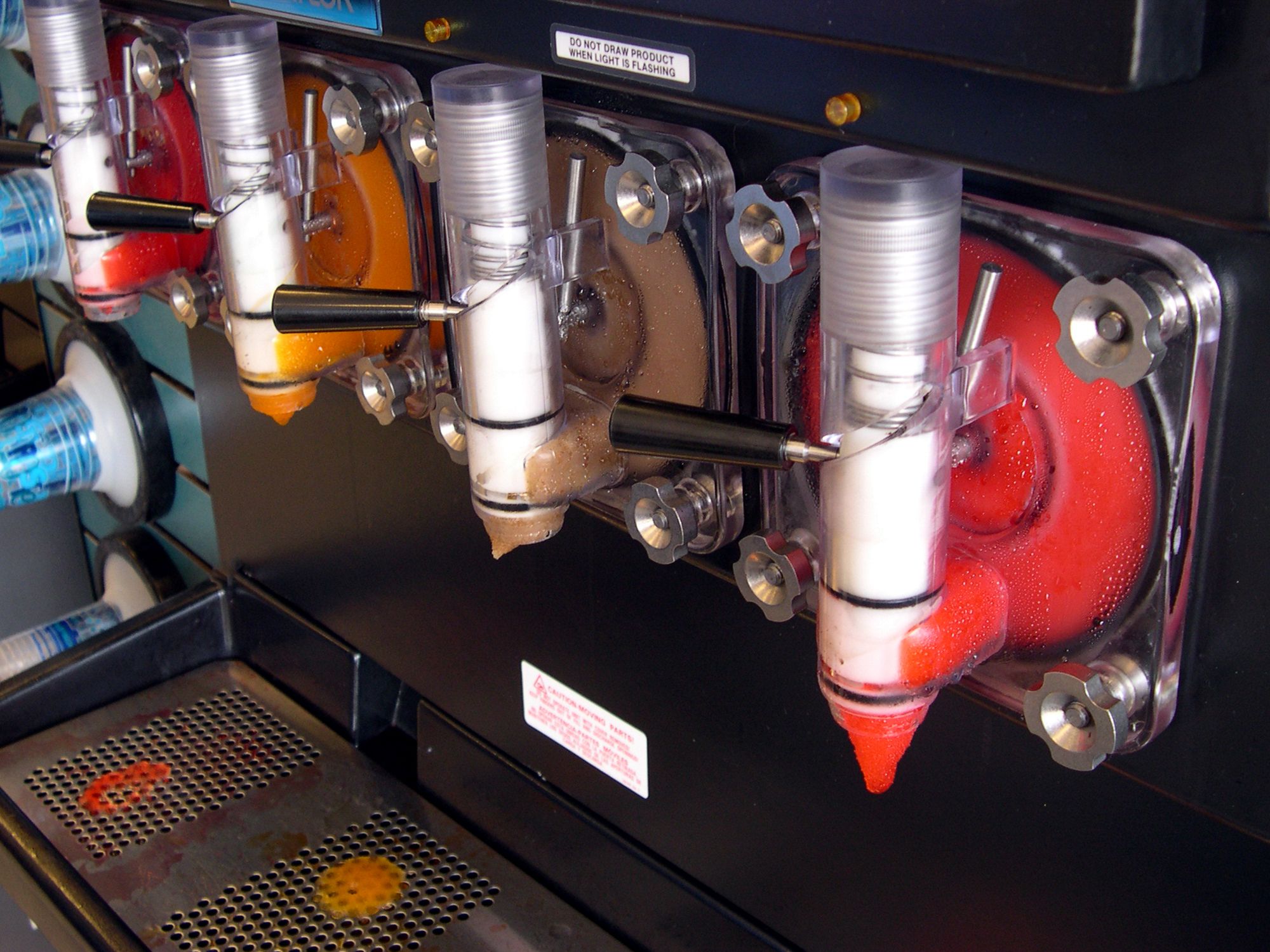
According to General Mills, shoppers make 9% more trips into convenience stores from April through September compared with the rest of the year, likely because more people are on the road. During that time, snacks like seeds, nutritional bars, yogurt, and trail mix are more likely to fly off the shelves.
Trending on Cheapism
The First One Started Off Selling Ice
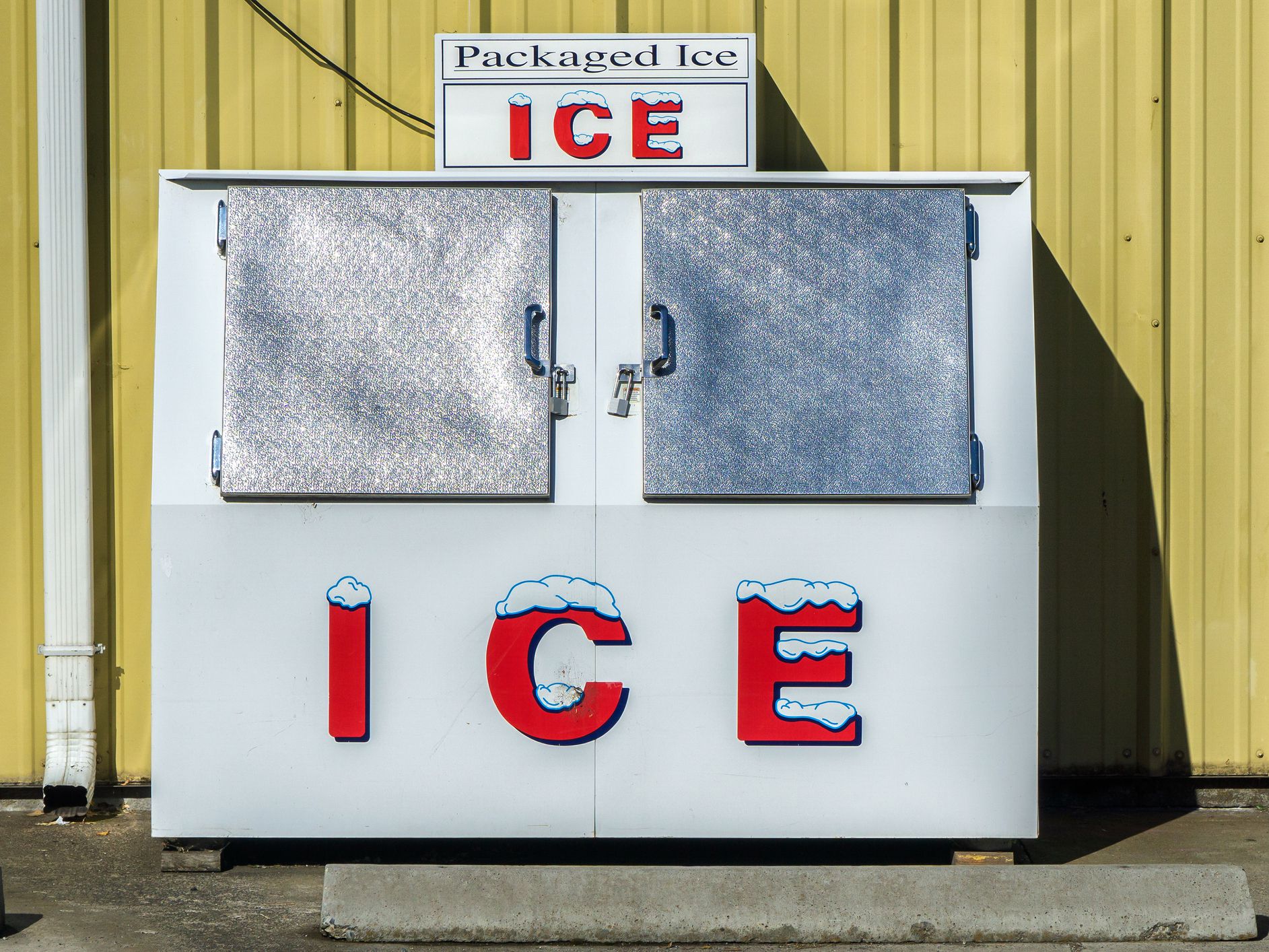
Related: 17 Ways Grocery Stores Have Changed Over the Past 50 Years
7-Eleven Wasn’t Always Open 24 Hours
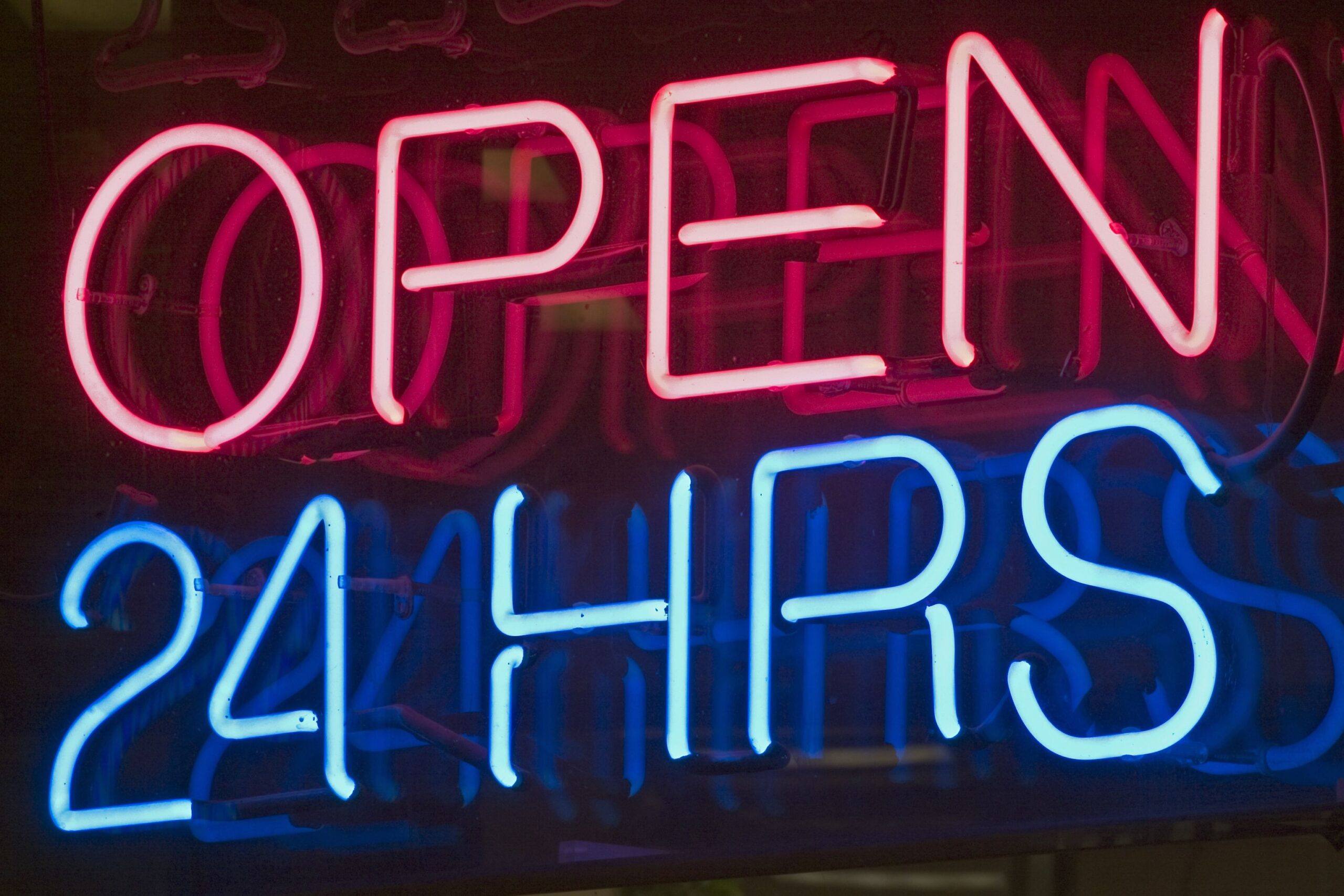
Those humble Southland Ice stores morphed into today’s most prominent convenience store chain, 7-Eleven. They got their name because they were open from 7 a.m. until 11 p.m. The stores didn’t start staying open 24 hours until a steady stream of late-night football fans kept an Austin 7-Eleven from closing in 1963. After that, the 24-hour concept slowly caught on.
The Big Gulp Has Even Bigger Siblings
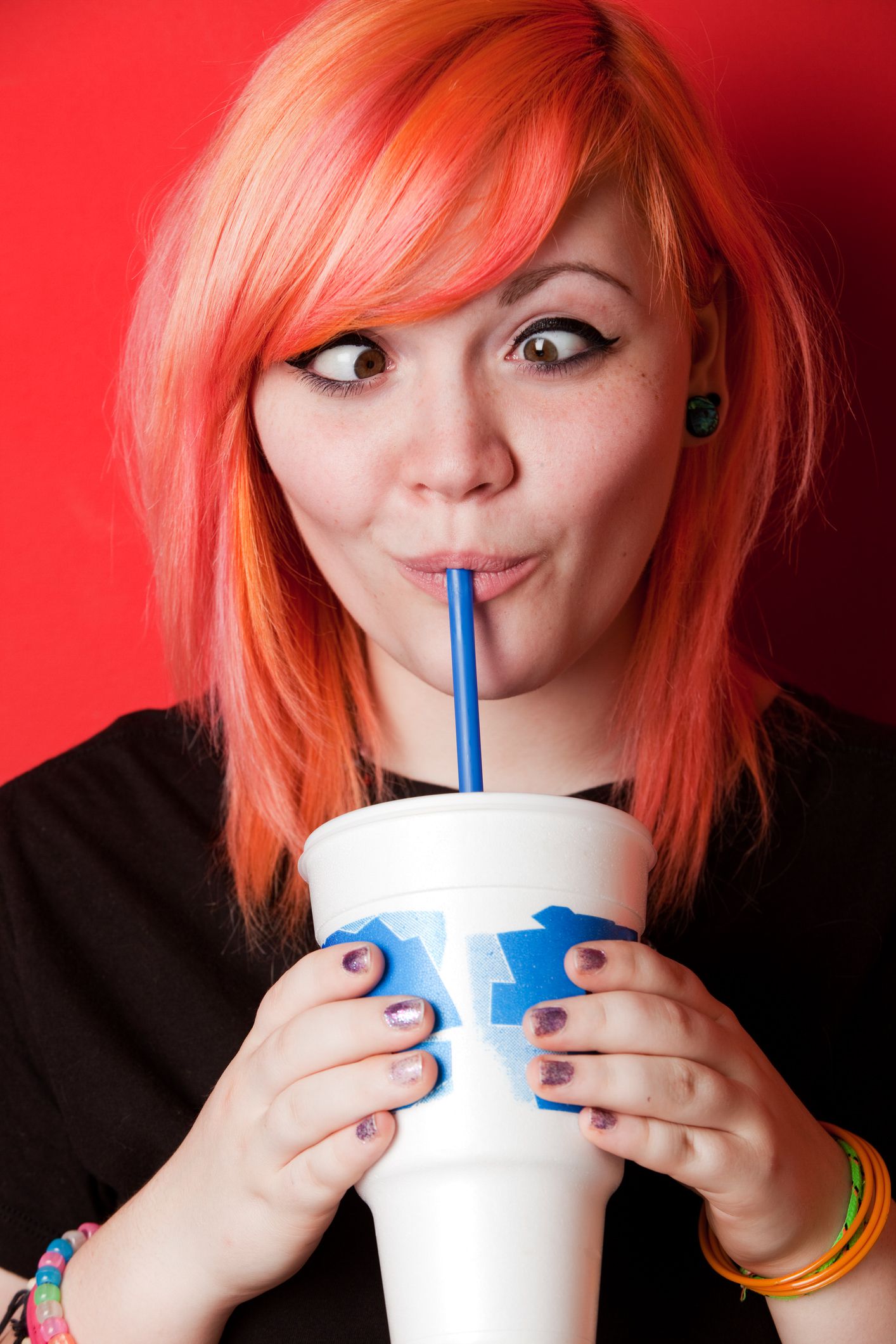
If you thought the Big Gulp was big, you may want to sit down. The iconic cup of soda holds just 32 ounces, while the Double Gulp holds 50 ounces (down from the original 64, apparently so that it could fit in car cup holders). But 7-Eleven has also sold the monstrous Team Gulp, which holds a staggering 128 ounces of soda.
Sign up for our newsletter
The Slurpee Was an Accident
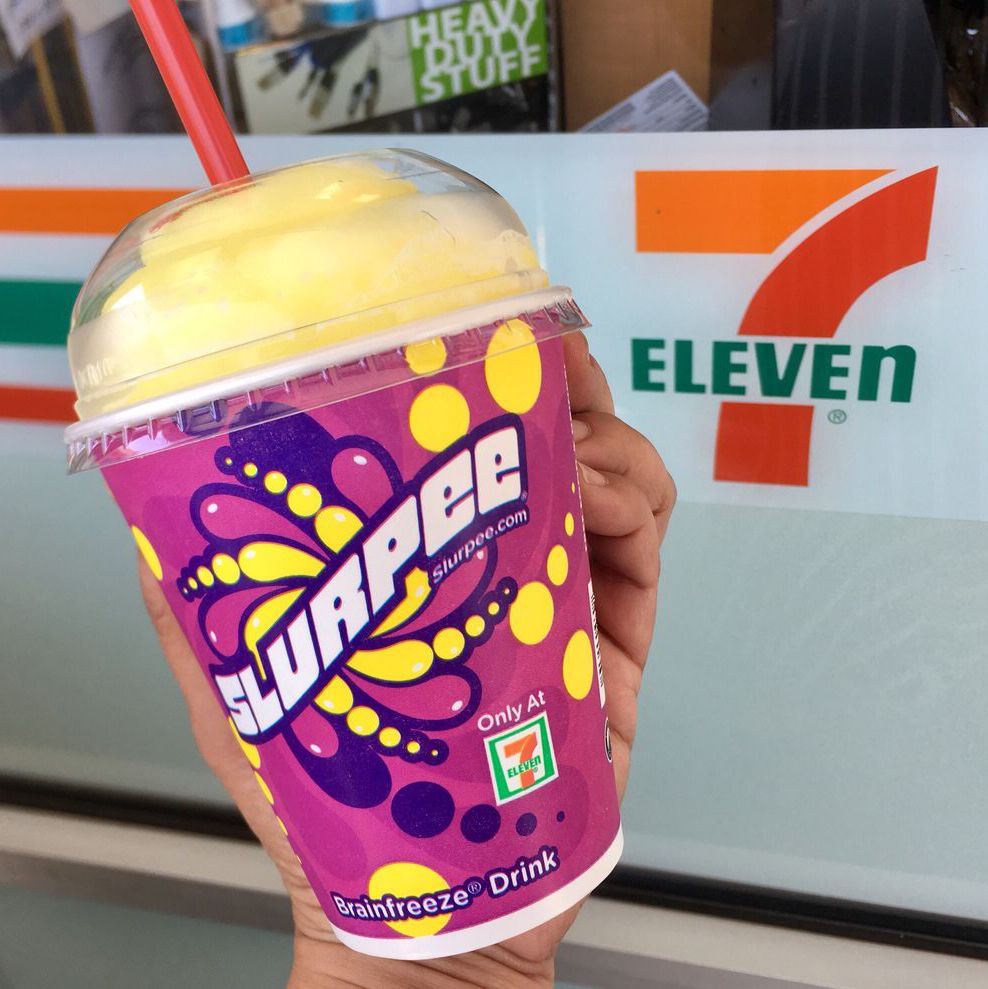
A Dairy Queen owner in Kansas City invented the iconic drink by mistake in the 1950s. Because his soda fountain was on the fritz, he popped some soda bottles into the freezer to cool them quickly. Customers who loved the icy result requested the sodas that had been in the freezer longer, leading him to create a slushy machine using a car’s air conditioner. 7-Eleven licensed the machine and renamed the drink the Slurpee in the mid-’60s.
‘Trader Joe’ Started With Convenience Stores
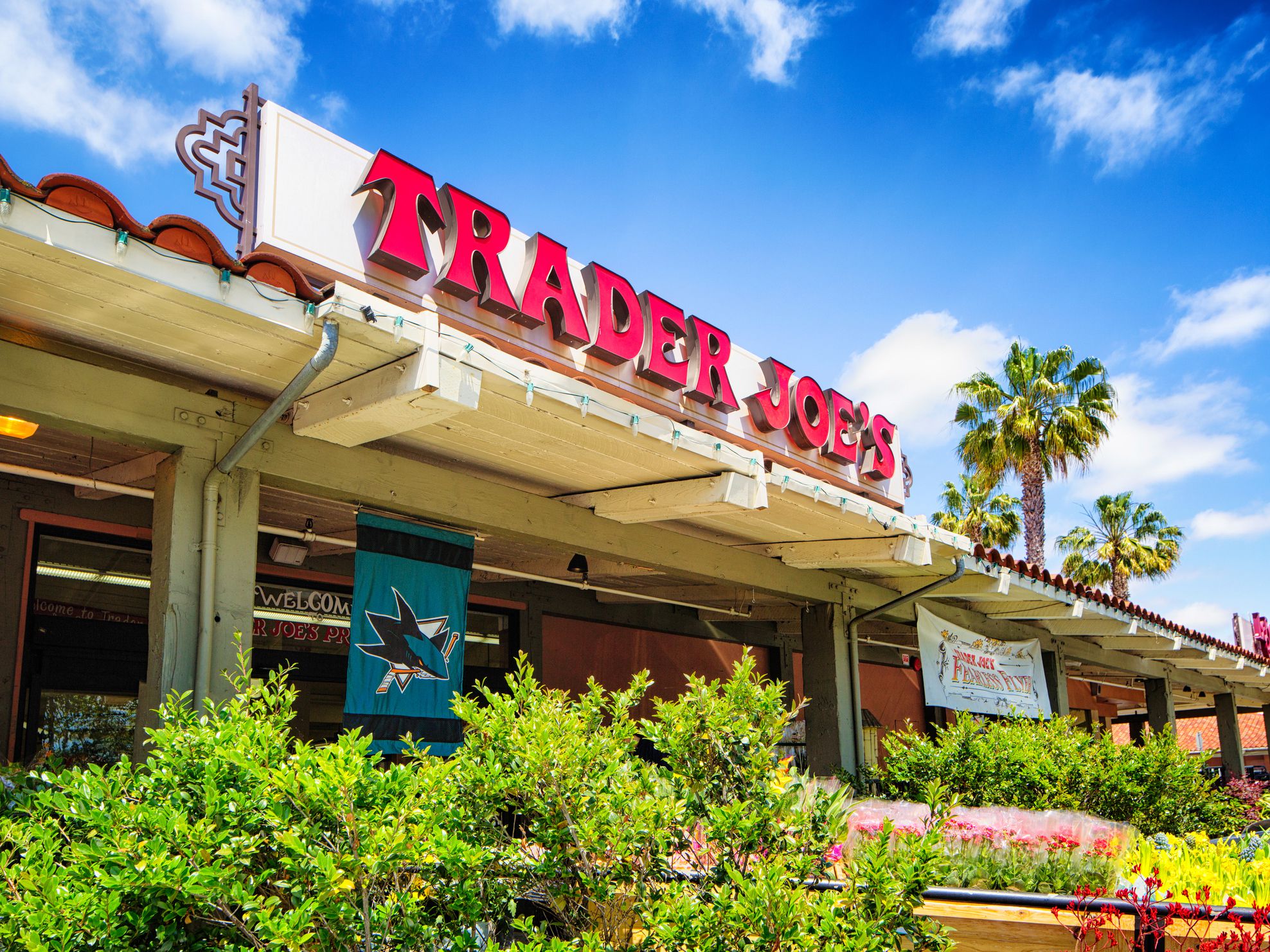
Related: Trader Joe’s 25 Best Buys for Packing Your Freezer
There is a Real-Life Kwik-E-Mart in South Carolina
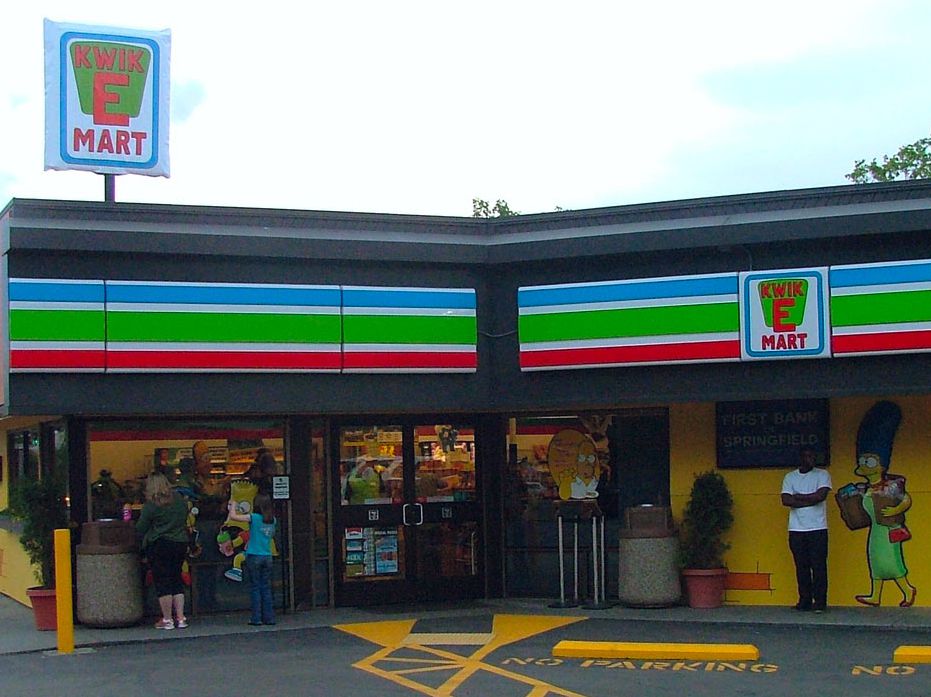
“The Simpsons” gave us the Kwik-E-Mart, perhaps the most famous fictional convenience store of all time, and its oft-quoted manager, Apu. A real-life version of the shop opened in 2018 in Myrtle Beach, and shoppers can stop in to get their fill of Buzz Cola, Squishees, and Lard Lad Donuts to go along with “Simpsons” souvenirs. (The store is temporarily closed due to the coronavirus pandemic.)
One Chain Has America’s Best Sandwiches
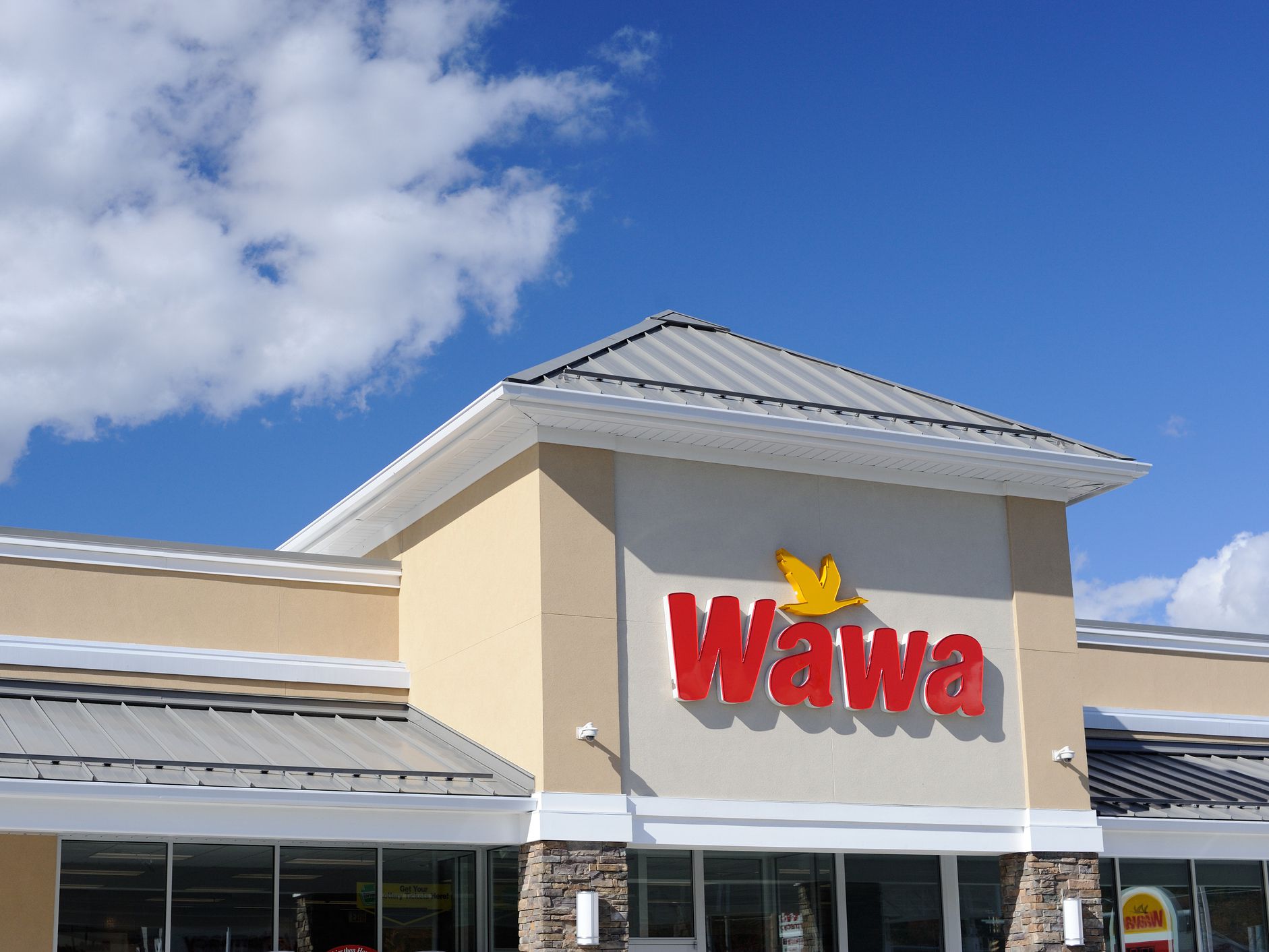
Related: You Have to Try These Famous Sandwiches in Every State
World’s Largest Convenience Store Has 1,000 Parking Spots
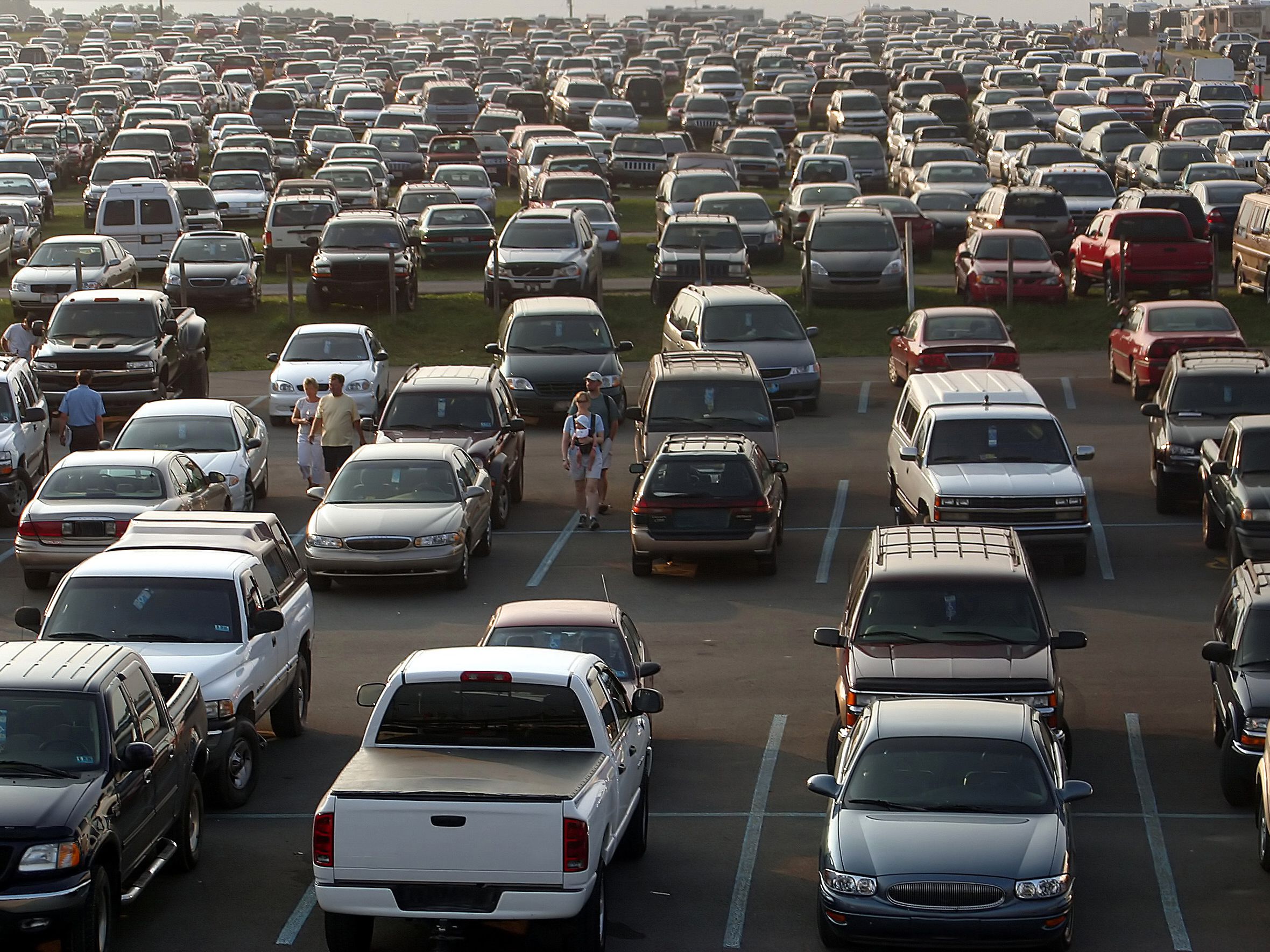
Related: Road Trippers Go Out of Their Way for These 32 Convenience Stores
China Convenience Store Was a Hole in the Wall — Literally
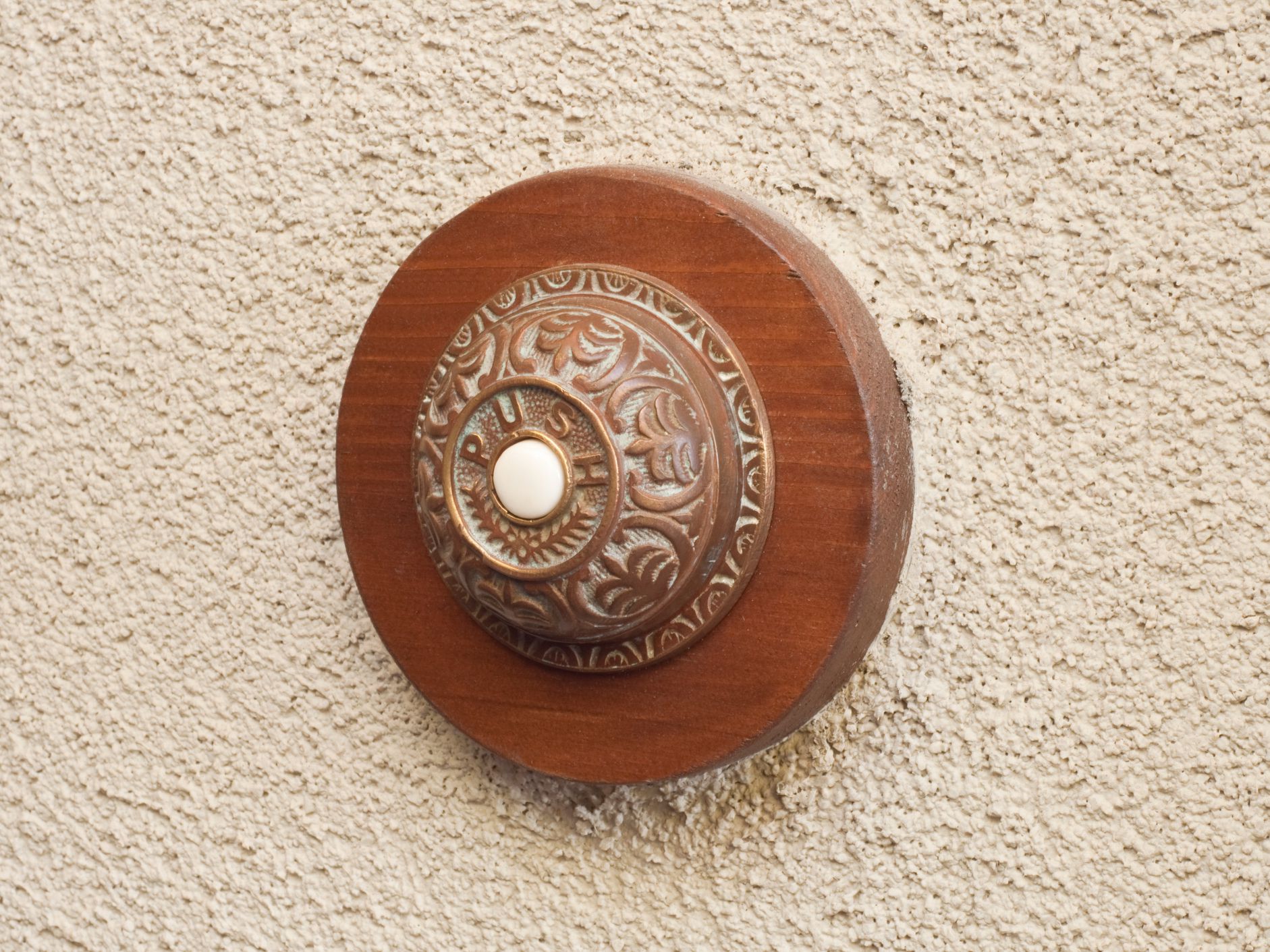
In contrast, what might have been the world’s smallest convenience store was forced to close up shop in China in 2017. An enterprising business person sold sodas through a hole in a wall near a busy Beijing subway station and even installed a doorbell for customers to ring when they wanted service. The hole was eventually bricked over because the “shop” lacked a business license.
One of Them Has a Small Zoo

Related: 40 Unexpected Finds Hidden in Convenience Stores
Another Has 700+ Kinds of Soda
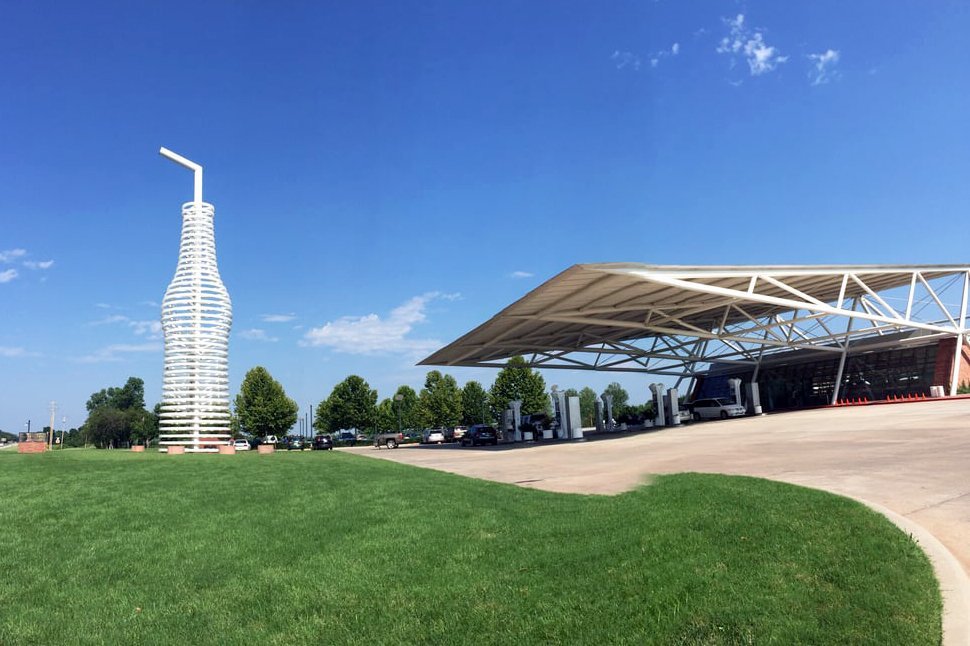
A ramble down Route 66 should include stops at plenty of convenience stores, but don’t miss Pops 66 in Arcadia, Oklahoma. A 66-foot neon soda bottle beckons passersby, hinting at what’s in store. Besides the predictable gas station and snacks, there are towering glass shelves filled with hundreds of sodas, including truly weird varieties like Pumpkin Pie, Coffee, Bacon Cream, and Dog Drool.
Related: 44 Unique Regional Sodas You Have to Try — If You Can Find Them
New York City Has 10,000 Bodegas
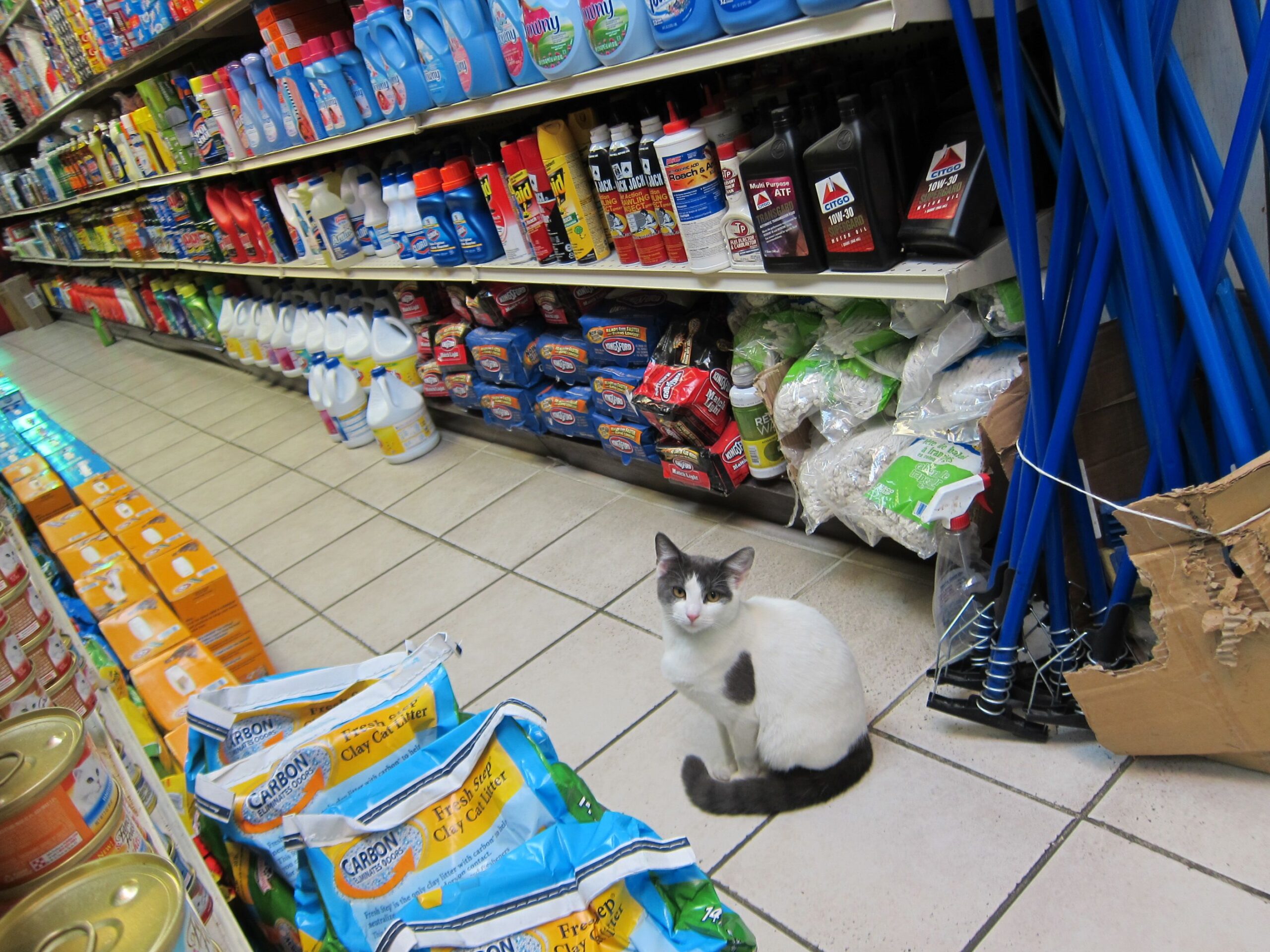
Related: A Virtual Weekend Vacation in New York
Someone Died From Eating the Nacho Cheese
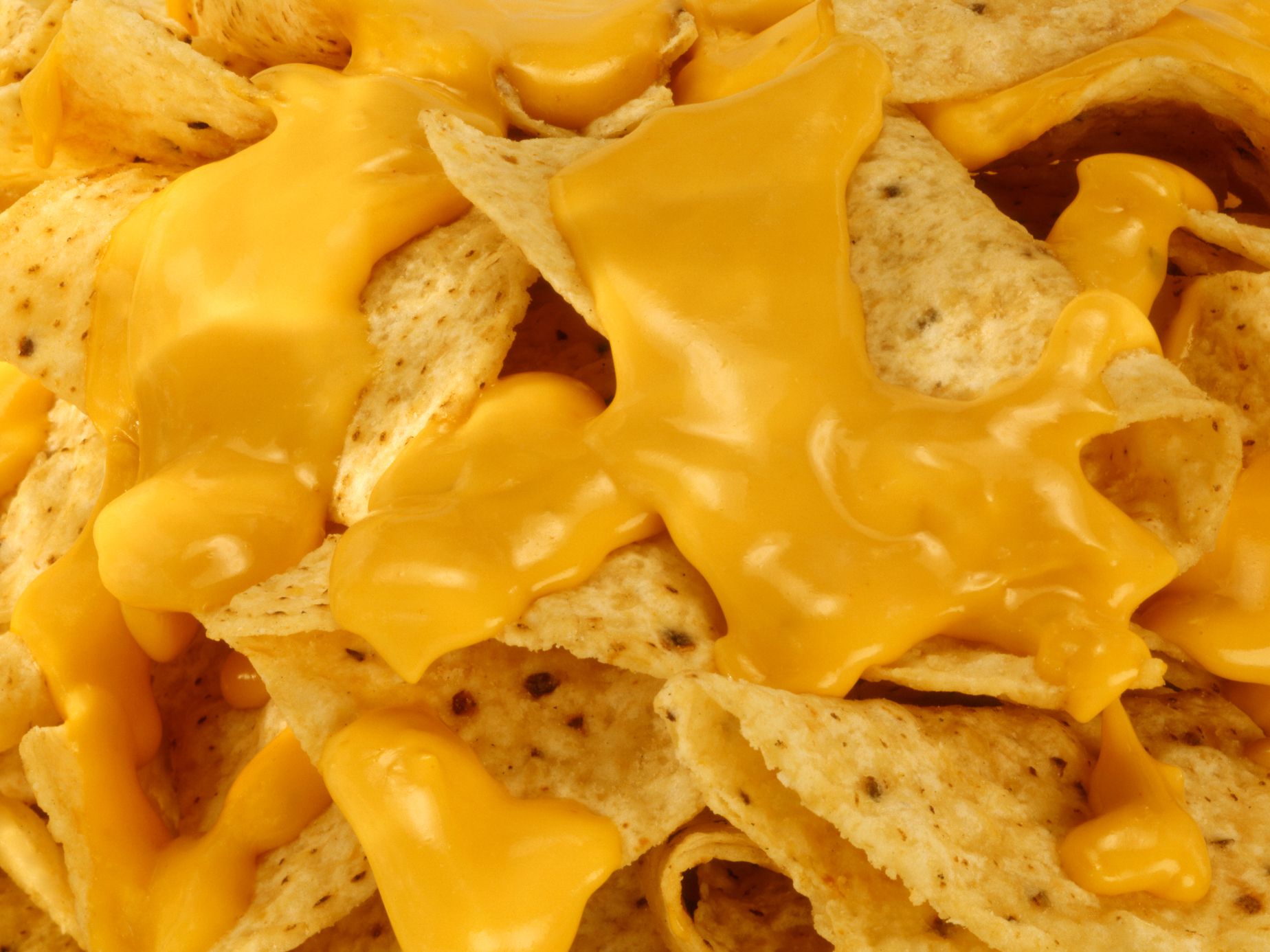
Nachos and their goopy cheese are a convenience store staple, but the snack turned deadly for one person and hospitalized nine more in 2017. Health authorities traced the cause to a botulism outbreak touched off by nacho cheese at a Sacramento convenience store.
They Are Getting Fancier
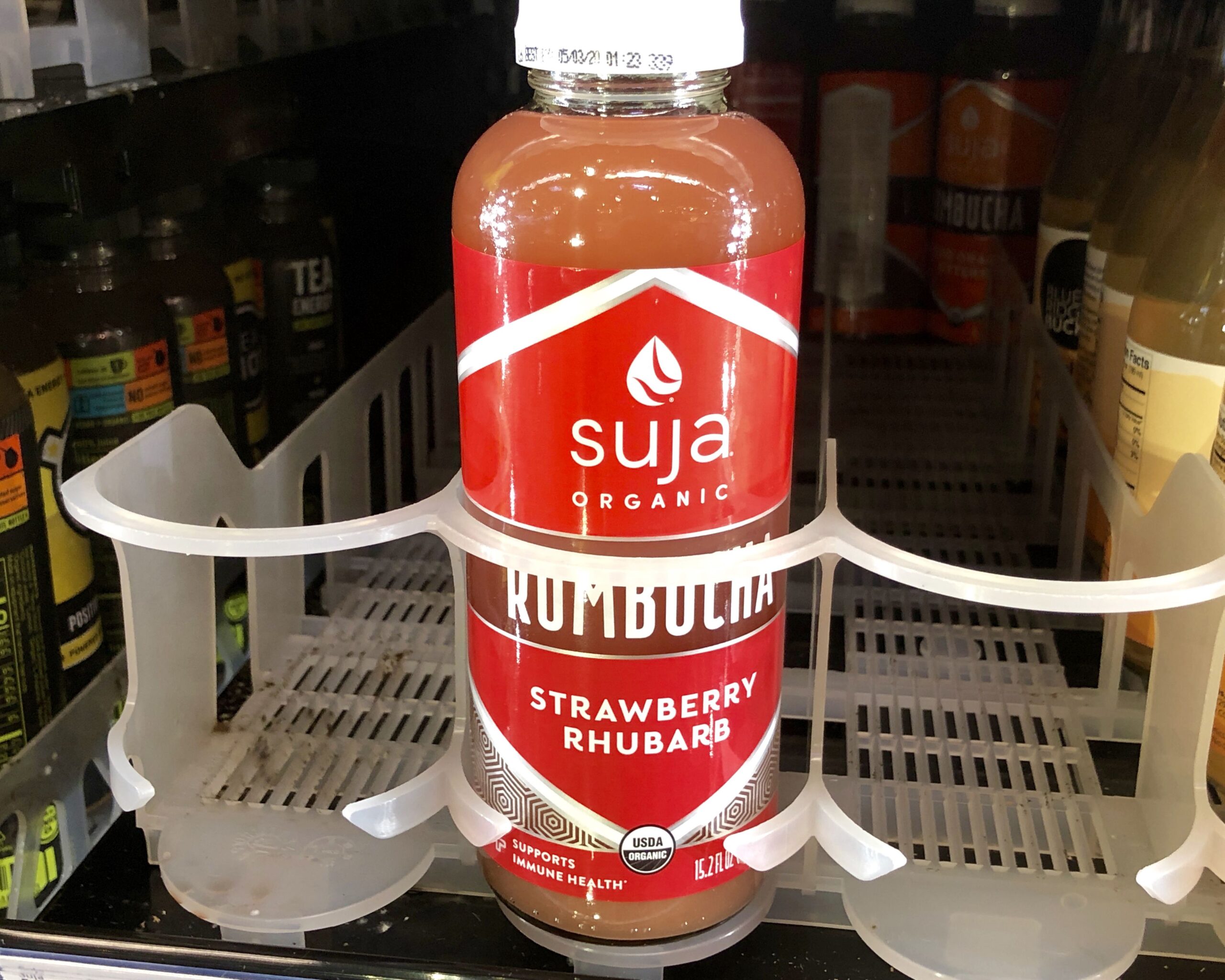
Related: 30 of the Oldest General Stores in America
Japanese Stores are a Haven for Foodies
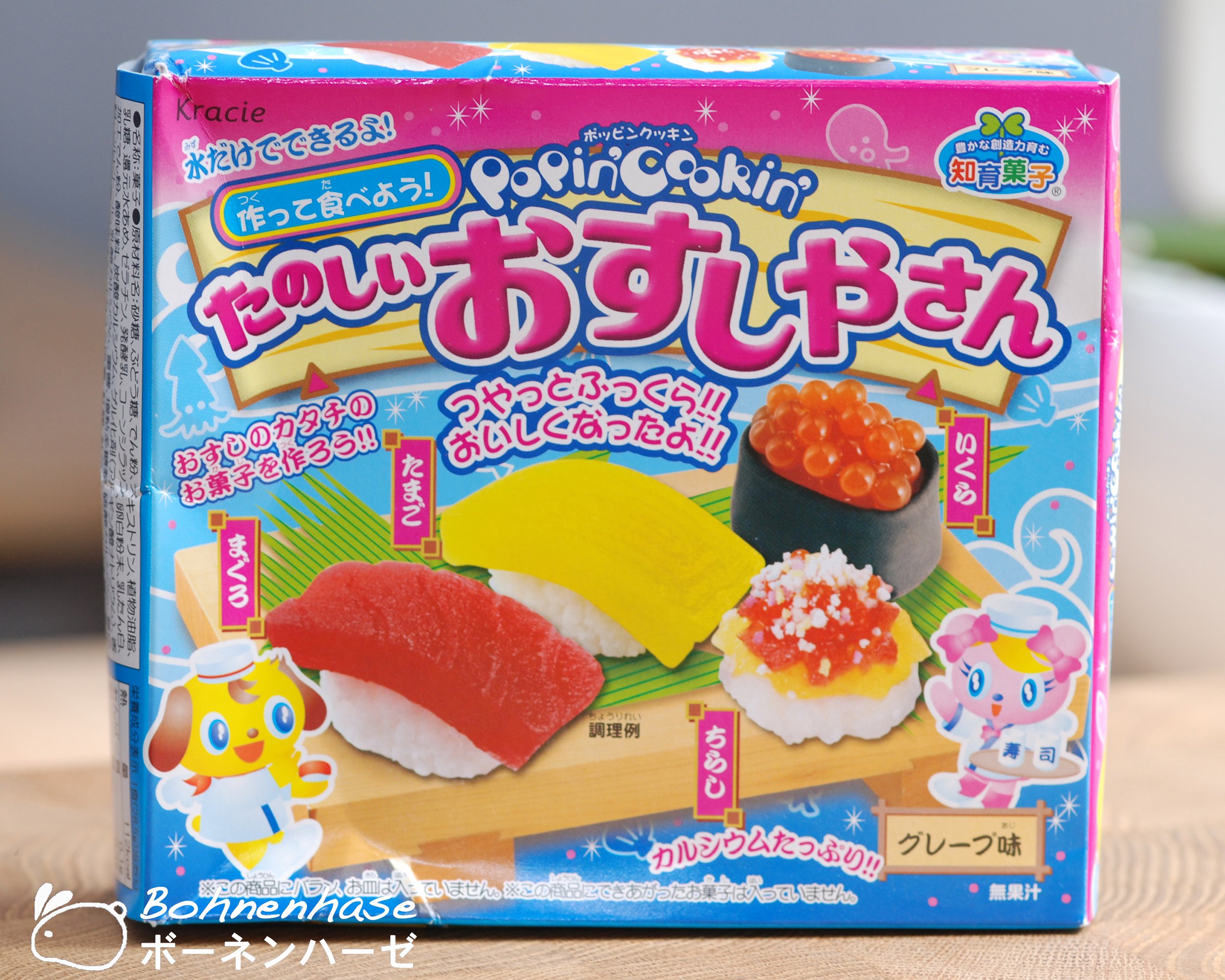
It’s about time American convenience stores start stepping up their game, because Japan is already on another level. Its convenience stores, or conbini, stock a staggering array of sando (sandwiches), onigiri (rice and another filling wrapped in seaweed), filled buns, noodles, and rows upon rows of snacks and candy. This is also the place where you can find all those zany Kit Kat flavors, like green tea and cherry blossom.
Amazon’s Convenience Stores Don’t Have Checkouts
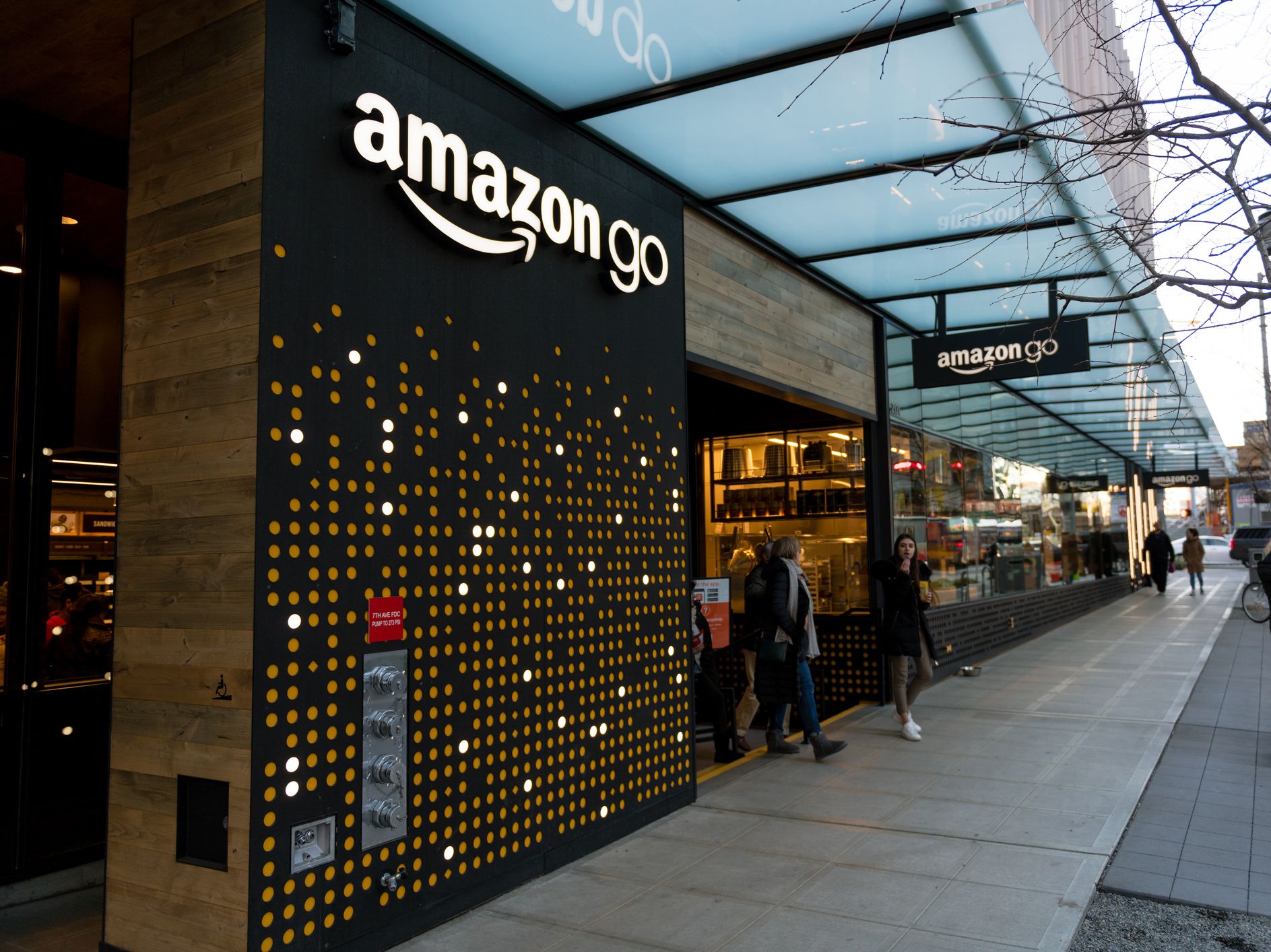
Related: I Shopped at an Amazon 4-Star Store and This Is What Happened
